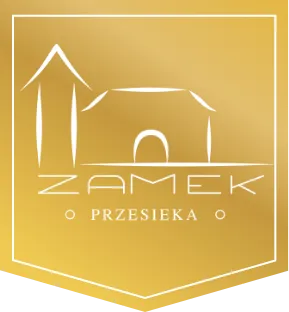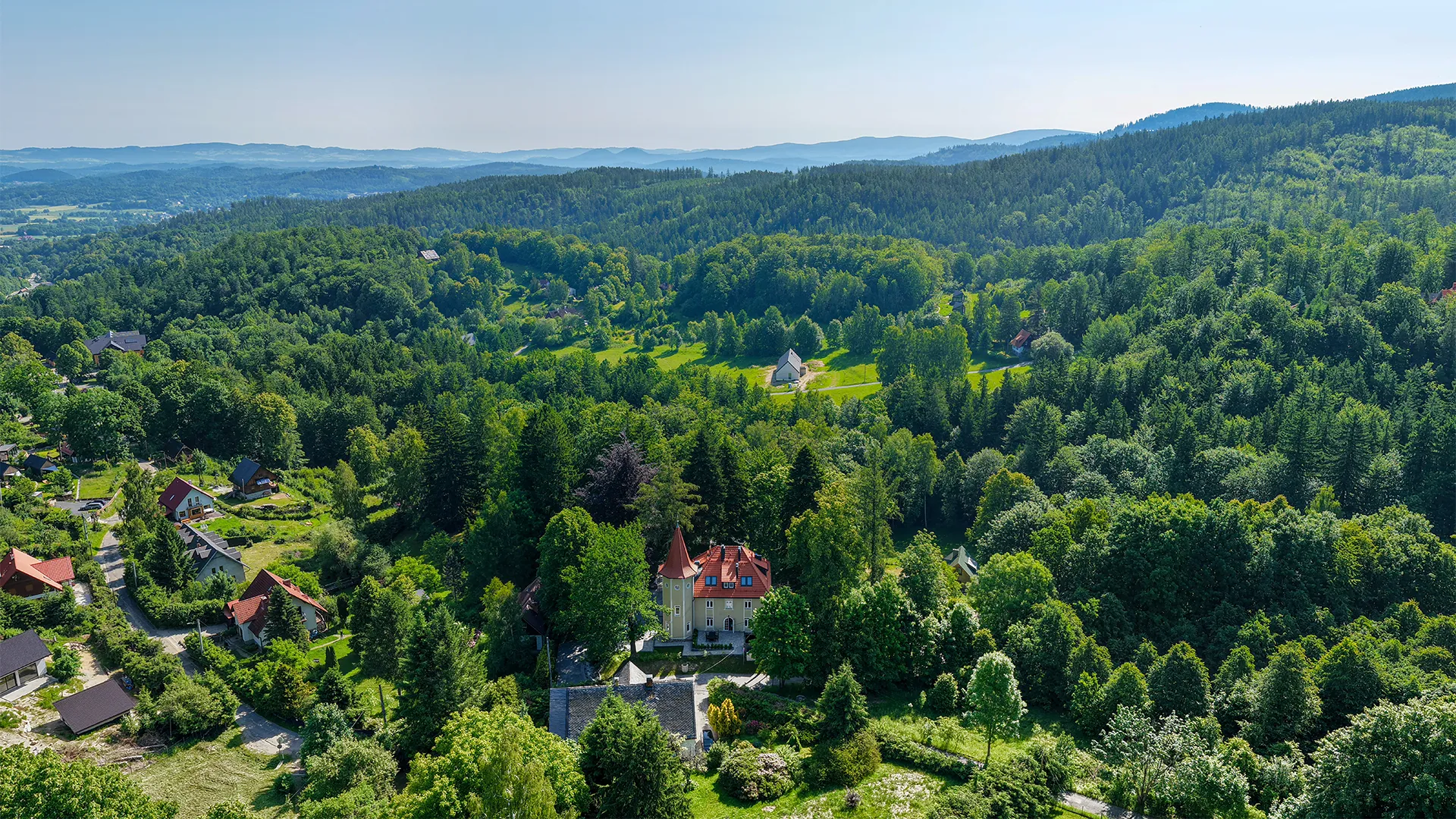Cookies required for the proper display and operation of the website.
The website "Hain im Riesengebirge, or tales from old Przesieka"
The information on this page comes fromhttps://www.facebook.com/profile.php?id=100076374183989
From the beginning until 1945
The land for the construction of the house (formerly No. 22) originally belonged to the estate of Heinrich Heptner (No. 24, today Droga do Wodospadu 7), known as "Bearded Heptner" (Bard-Heptner).
At the end of the 1880s, Hermann Krusche, a teacher at the Evangelical school in Prześciska, purchased the land with the intention of building a secluded residence for himself. The purchase was put on hold because there was not enough water on site for construction. Later, however, Ehrenfried Wolf, a neighbour from No. 21 (Droga do Wodospadu 10), agreed to supply sufficient water from his property.
The owner of the land was Frick, the head of the building authority in Jelenia Góra, who, between 1894 and 1895, built a house here with great difficulty for his daughter Lucie and her husband, Professor Paul Krollick.
Before winter, the bricklayer Aßmann from Podgórzyn prepared the excavation on the bare rock with tools and explosives so that the construction of the house could begin in early spring. The building was named Hainburg, meaning "castle in the forest", and for good reason. At that time, historicism became a popular trend in architecture, consisting in imitating the styles of past eras and abandoning the pursuit of creating one's own style in favour of imitating the great styles of the past in art and architecture.
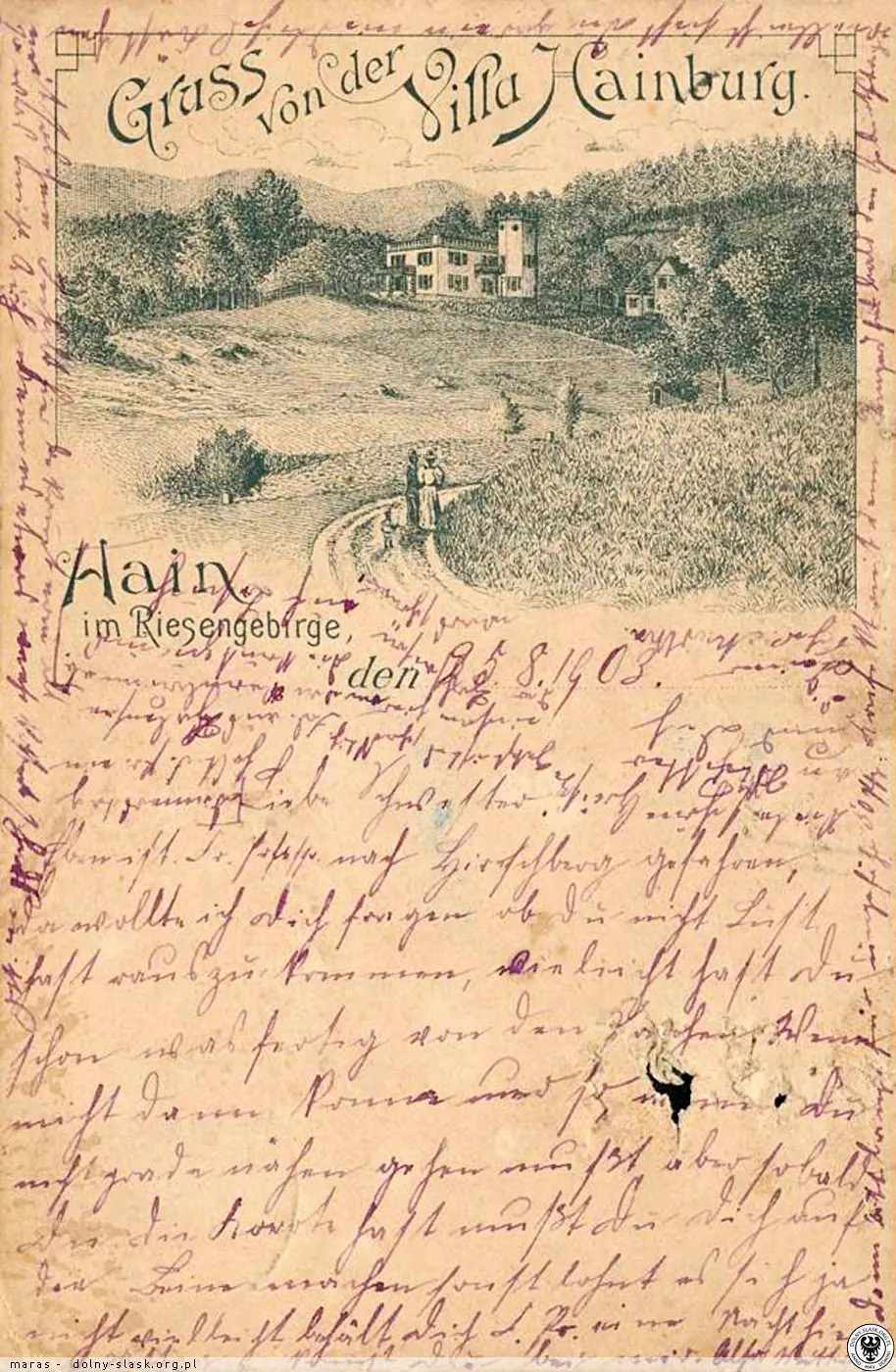
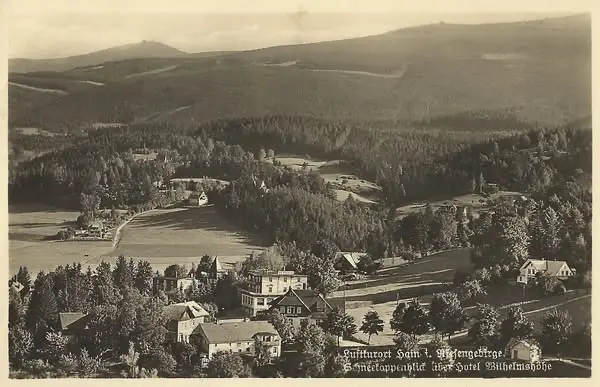
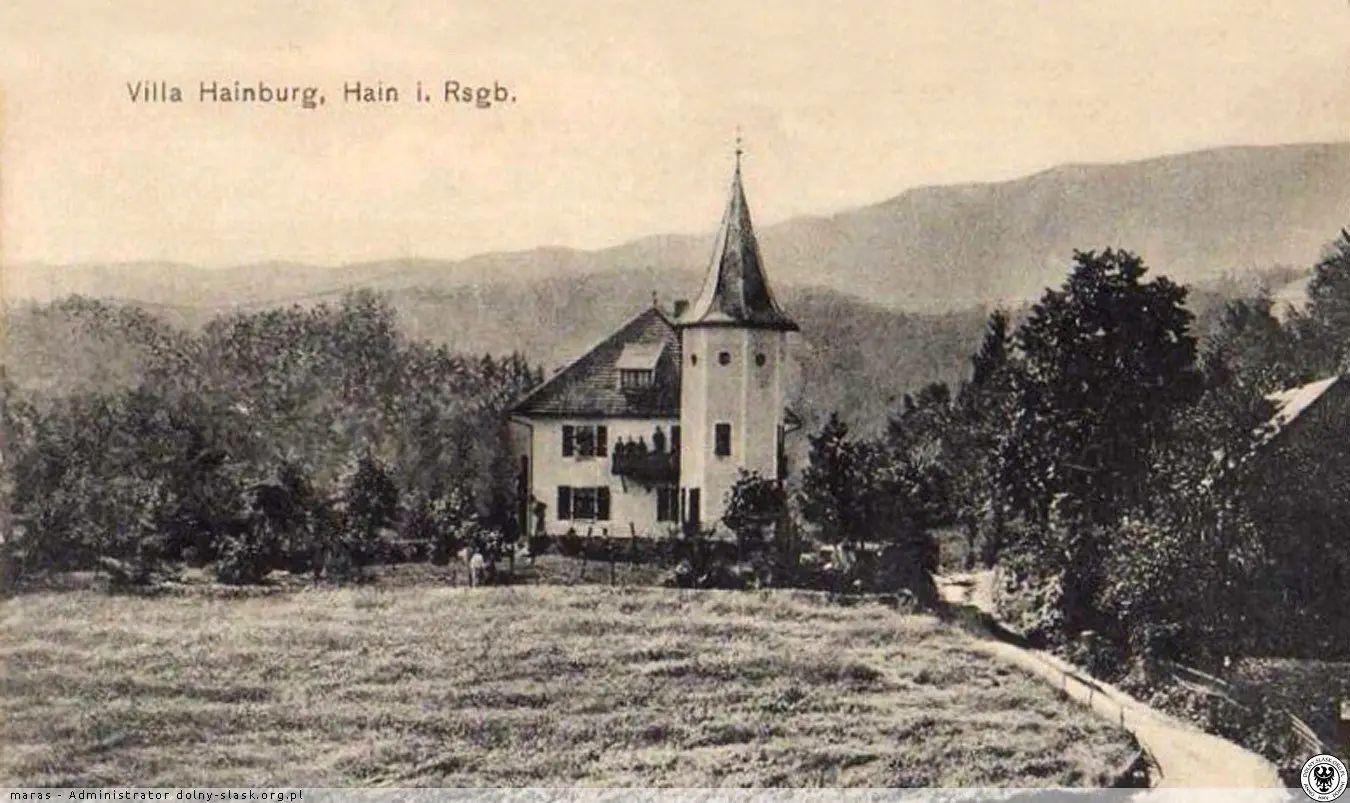
Historicism coincided with Romanticism in art and literature. It arose from a Romantic longing for the distant past, for history and unspoilt nature.
In Germany, one of the trends within historicism was the so-called "altdeutsche Burgstil" (Old German castle style), referring to the architecture of medieval buildings. It became popular among the nouveau riche, who wanted to emphasise their status in this way. Originally, house no. 22 actually resembled a castle, hence the name "Hainburg". It had a tower and battlements, which made it completely out of place in the landscape and among the surrounding buildings. Therefore, rafters were later added, on which the characteristic pointed roof, still visible today, was based.
Before the war, "Hainburg" was a popular destination because it was located in a park, away from heavy traffic. It offered tourists 4 rooms. The last German owner of the house was Ella Feder. Her husband, Georg Feder, a bank clerk, died in the 1930s, and Mrs Feder was killed by a mine in Frankfurt (Oder) in 1945.
From 1945 to the 1990s
After the war, the building became part of the tourist facilities of the Employee Holiday Fund and until the 1990s it operated as the "Dzikuska" Holiday Home. It was then rebuilt, resulting in a new staircase, a change in the layout of the rooms and the creation of shared sanitary facilities.
In the 1990s, the building passed into private hands, was not used and gradually fell into disrepair.
The present history of the castle
The castle in Przesieka was purchased by new owners and underwent a thorough renovation between 2022 and 2025, once again becoming one of the architectural gems of Przesieka.
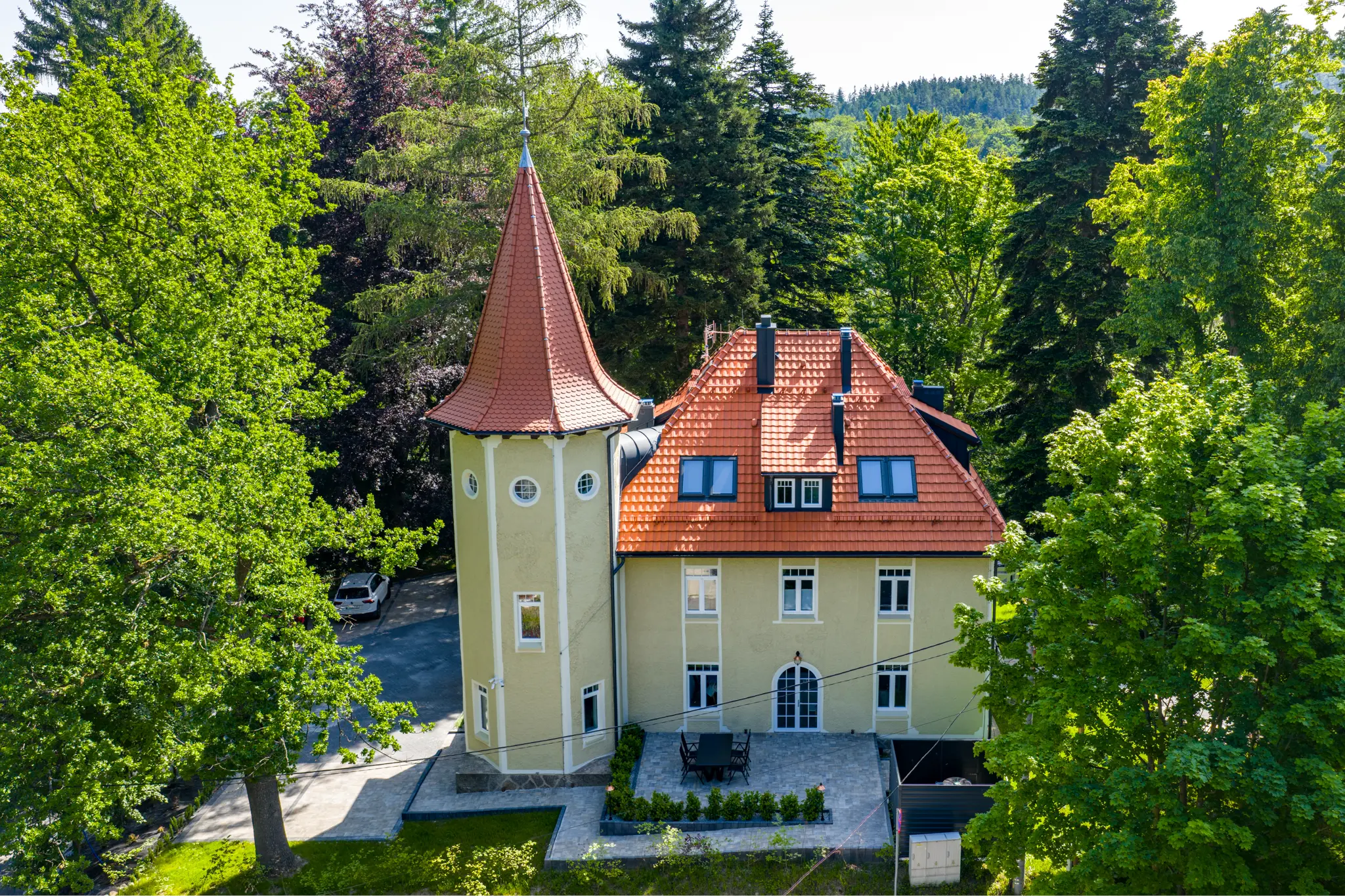
*Zdjęcia historyczne pochodzą z serwisu polska-org.pl.
